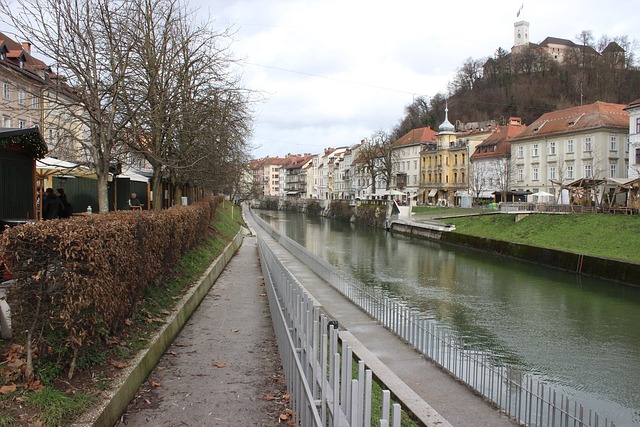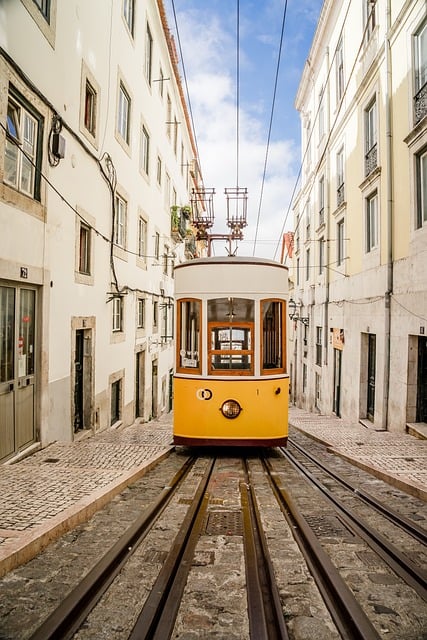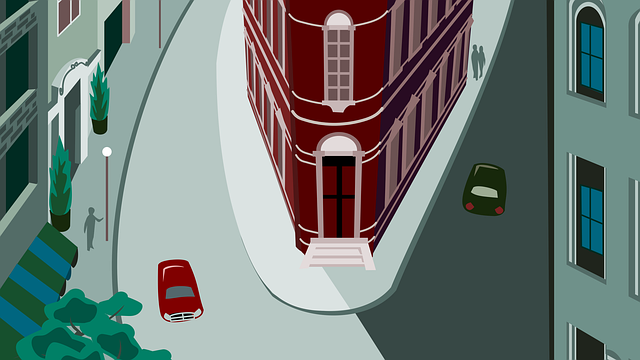In Karachi's bustling heart, understanding the complex dynamics of Traffic Jauhar Mor is key to urban mobility. This intersection's congestion, fueled by rapid urbanization and outdated infrastructure, impacts daily life with productivity losses, environmental pollution, and business disruptions. Strategic interventions like smart signal timings, dedicated lanes, efficient public transport (BRT), green infrastructure, and active transportation can alleviate these issues, transforming Jauhar Mor into a model for effective traffic management in Pakistan's vibrant metropolis.
In the bustling metropolis of Karachi, traffic congestion has reached alarming levels, particularly at Jauhar Mor, a vibrant yet choking thoroughfare. This article delves into the complex issue of ‘Traffic Jauhar Mor’, exploring its causes and impacts on the city’s residents and economy. Through a conceptual overview, we analyze the phenomenon and present potential solutions for effective traffic management in Karachi, aiming to mitigate the challenges faced by this vibrant urban center.
- Understanding Traffic Jauhar Mor in Karachi: A Conceptual Overview
- Causes and Impacts: Deconstructing the Phenomenon
- Potential Solutions and Future Prospects for Traffic Management in Karachi's Jauhar Mor Area
Understanding Traffic Jauhar Mor in Karachi: A Conceptual Overview

In the bustling metropolis of Karachi, Pakistan, understanding traffic patterns is paramount for efficient mobility and urban planning. Among these complex dynamics, Traffic Jauhar Mor—a significant intersection—serves as a microcosm of the city’s challenges and opportunities. This high-traffic area experiences a symphony of vehicle flows, pedestrians, and public transport, all navigating through a labyrinthine network.
The concept of Traffic Jauhar Mor involves recognizing the intricate dance between different modes of transportation. During peak hours, the intersection becomes a vibrant yet chaotic tapestry, highlighting the need for strategic interventions. By analyzing traffic volumes, flow patterns, and congestion hotspots, urban planners can implement game-changing solutions such as smart signal timings, dedicated lanes, or innovative transport infrastructure. Such measures not only enhance mobility but also ensure that Karachi’s bustling landscape remains vibrant and accessible.
Causes and Impacts: Deconstructing the Phenomenon

The traffic congestion in Karachi, often referred to as a “Jauhar Mor” (grand chaos), is a complex phenomenon with multifaceted causes. Key contributors include rapid urbanization, an aging infrastructure that hasn’t kept pace with the city’s growth, and an increasing number of vehicles on the road. The influx of migrants from rural areas seeking economic opportunities further exacerbates the issue, leading to dense traffic during peak hours.
This daily occurrence has profound impacts on various aspects of life in Karachi. Commuters face prolonged travel times, impacting their productivity and overall quality of life. Businesses suffer due to delayed deliveries and reduced customer access. Environmental concerns arise from increased pollution levels, while economic losses are incurred by both businesses and individuals caught in the gridlock. Understanding these causes and consequences is crucial for implementing effective solutions to mitigate Karachi’s traffic woes.
Potential Solutions and Future Prospects for Traffic Management in Karachi's Jauhar Mor Area

The dense traffic congestion in Karachi’s Jauhar Mor area has prompted various stakeholders to explore innovative solutions. One promising approach involves leveraging smart city technologies, such as real-time traffic monitoring systems and adaptive signal controls, to optimize flow and reduce delays. These digital tools can analyze traffic patterns and adjust signal timings accordingly, easing the burden on heavily congested routes. Additionally, implementing a comprehensive public transportation system, including efficient bus rapid transit (BRT) networks and well-connected pedestrian pathways, could significantly alleviate the area’s traffic woes.
Looking ahead, integrating green infrastructure like dedicated cycling lanes and improved street lighting can foster a more sustainable and user-friendly environment. Engaging the community through awareness campaigns and encouraging active transportation options can further reduce vehicle dependency. With continuous effort and strategic planning, Karachi’s Jauhar Mor area has the potential to transform into a model for efficient traffic management, setting a precedent for other urban centers in Pakistan.
The complex traffic situation at Jauhar Mor, Karachi, demands a multifaceted approach. By deconstructing the causes and understanding their impacts, we can identify effective solutions for managing this bustling area’s unique challenges. Implementing innovative strategies, prioritizing public transportation, and encouraging responsible driving practices are key steps towards a smoother future for both residents and visitors of Karachi. Through collaborative efforts and adaptive planning, Jauhar Mor can transform into a more efficient and less congested hub, setting an example for sustainable traffic management across the metropolis.







Leave a Reply